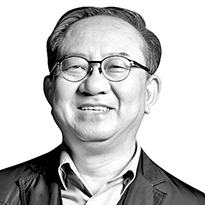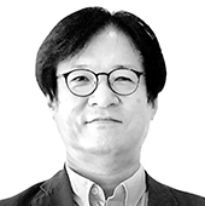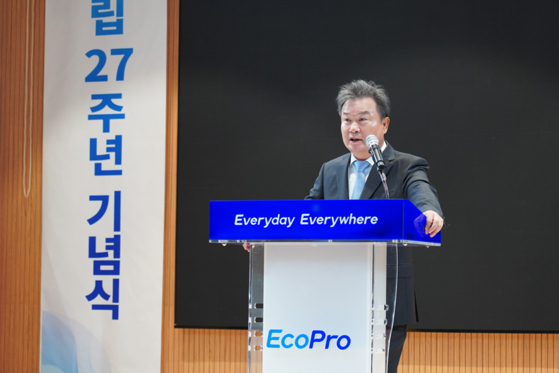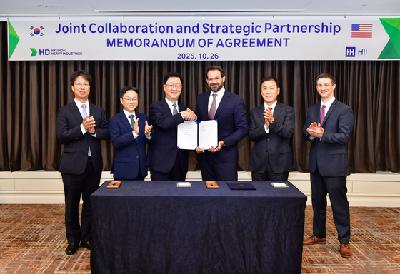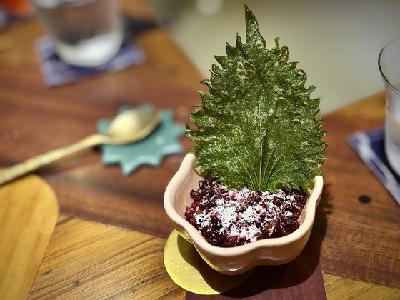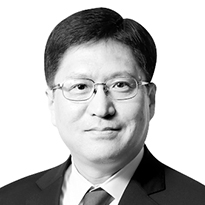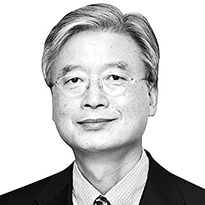A place for pause and reflection: Kazeno-oka Crematorium
Update: 2025-10-26
Description
Kim Bong-ryeol
The author is an architect and former president of Korea National University of Arts.
Kazeno-oka, or "Wind Hill," in Nakatsu, Kyushu is a medieval necropolis scattered with ancient tombs. Burial mounds dating back to the fourth century coexist with cremation sites from the eighth to tenth centuries, when Buddhism flourished. Together, they trace a millennium of Japan's funerary customs. At the foot of the hill, a new crematorium was built in 1997, reopening the space of mourning after a thousand years.
Set on a windswept plain, the crematorium's buildings rise from the earth like abstract sculptures. Behind a sharply triangular wall of weathering steel lies the family waiting room, and an octagonal chamber tilts gently, as if swayed by the wind. Each main facility is separated by distance and connected by long corridors. As mourners move between spaces, they pause, gaining a chance to reflect on life and death.
At the entrance, a single tree planted in the center of a square courtyard stands as a silent symbol. Visitors walk along a wall dappled by light and shadow before entering the cremation hall. Across a shallow reflecting pool, the cremation chamber operates quietly as families wait in solitude. Through the waiting room's wide glass window, the view of the peaceful hill brings comfort - a reminder that death, too, can be a form of tranquility.
Although the furnace and ceremony room are central in function, nature is the true protagonist of this architecture. Wind, water, light and shadow are woven throughout the connecting corridors. Grass swaying between columns evokes the transience of life. Reflections in the pool suggest the absence of the deceased. A shaft of light descending through the skylight in the lobby offers the calm of nature's embrace. Between solemn rituals, nature offers solace, and the minimalist space awakens memory.
Architect Fumihiko Maki, born in 1928, is known for blending modernism with tradition. He reinterprets Japan's unique sense of spatial continuity and amplifies the individuality of a place to create poetic architecture. If his Hillside Terrace Complex in Tokyo captures the spirit of an urban village, this crematorium embodies the flow of nature that bridges life and death.
This article was originally written in Korean and translated by a bilingual reporter with the help of generative AI tools. It was then edited by a native English-speaking editor. All AI-assisted translations are reviewed and refined by our newsroom.
Comments
In Channel

